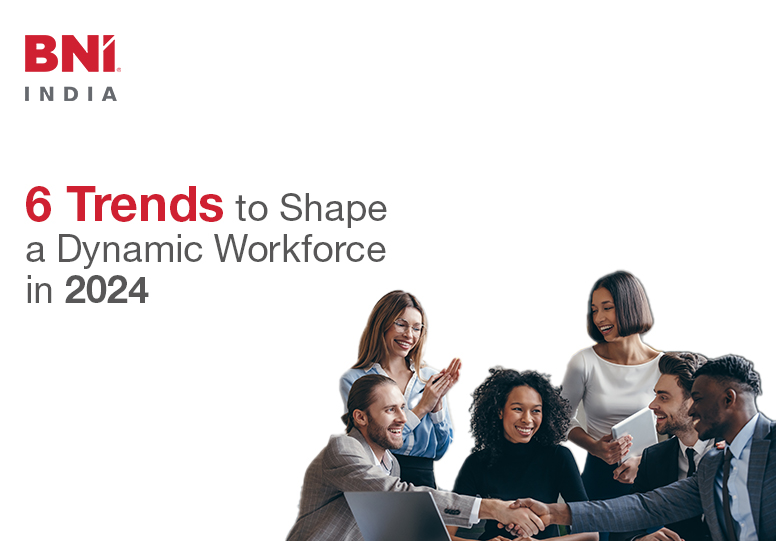The workplace of the future is upon us. 2024 ushering in a new era of innovative technologies, cultural shifts, and fresh perspectives that promise to revolutionize the workforce. Remote work, artificial intelligence, gig employment – these are just some of the trends poised to shake up how we work and interact. Join us as we explore the top 6 workforce trends you need to know for 2024. The future of work is more dynamic than ever – are you ready for it?
Embrace Remote Work as the New Normal
The traditional office environment has been turned on its head, and remote work has taken centre stage as the new standard. Companies that catch onto this shift and embrace remote work will lead the pack in attracting and keeping top talent. Working remotely brings a ton of benefits, like boosting productivity, cutting down overhead costs, and tapping into a wider talent pool. But let’s be real, it’s not all smooth sailing—it comes with challenges like keeping communication clear, fostering collaboration, and maintaining a strong company culture.
To thrive in this new remote work era, businesses need to adopt the right tools and strategies. Investing in solid video conferencing platforms, project management software, and virtual collaboration spaces can make communication and teamwork a breeze. Plus, setting clear guidelines, offering training, and prioritizing employee well-being are key to building a productive and engaged remote workforce.
Prioritizing Mental Health and Work-Life Balance
In our fast-paced world, the lines between work and personal life are getting blurrier by the day. Employees are often juggling professional responsibilities with personal commitments, leading to burnout and a drop in productivity. Recognizing this issue, organizations are making mental health and work-life balance a top priority.
By implementing policies that promote flexibility—like remote work options, flexible schedules, and generous leave policies—companies are helping employees find a healthier balance between their work and personal lives. Investing in comprehensive wellness programs that include mental health resources, such as counselling services, mindfulness training, and stress management workshops, is another way companies are supporting their teams.
Rapidly Evolving Skills and the Pivotal Role of Learning & Development
The rapid pace of technological advancements means traditional skill sets can become outdated quickly. That’s where Learning and Development (L&D) programs come in, helping employees stay agile and adapt to ever-changing demands. By fostering a growth mindset and providing access to online courses, certifications, and hands-on training, companies can build a workforce that navigates change seamlessly.
The rise of online courses and certifications has made it easier than ever for employees to upskill at their own pace and convenience, democratizing access to knowledge and opportunities for growth.
Embracing Diversity and Inclusion: Key to an Innovative Workforce
A diverse and inclusive workforce isn’t just a moral imperative—it’s a strategic advantage. By creating an environment where people from various backgrounds, perspectives, and experiences can thrive, organizations tap into a wellspring of creativity and innovation.
The benefits of a diverse workforce are numerous. It enhances problem-solving abilities by bringing together a wealth of perspectives, leading to more comprehensive solutions. It also cultivates a deeper understanding of diverse customer bases, allowing businesses to better meet their needs and preferences.
AI and Automation: Redefining the Future of Work
The arrival of artificial intelligence (AI) and automation technologies is transforming how we work. As these advancements spread across industries, they’re set to redefine job roles, streamline processes, and boost efficiency and productivity to unprecedented levels.
While the rise of AI and automation might initially raise concerns about job displacement, it’s important to recognize the opportunities they bring. Instead of replacing human workers entirely, these technologies are likely to augment our capabilities, allowing us to focus on higher-level tasks that require critical thinking, creativity, and emotional intelligence—qualities that remain uniquely human.
This shift calls for a re-evaluation of existing job roles and a commitment to continuous learning and upskilling. Educational institutions and organizations must prioritize reskilling and training programs to equip the workforce with the knowledge and skills needed to navigate this technological revolution effectively.
